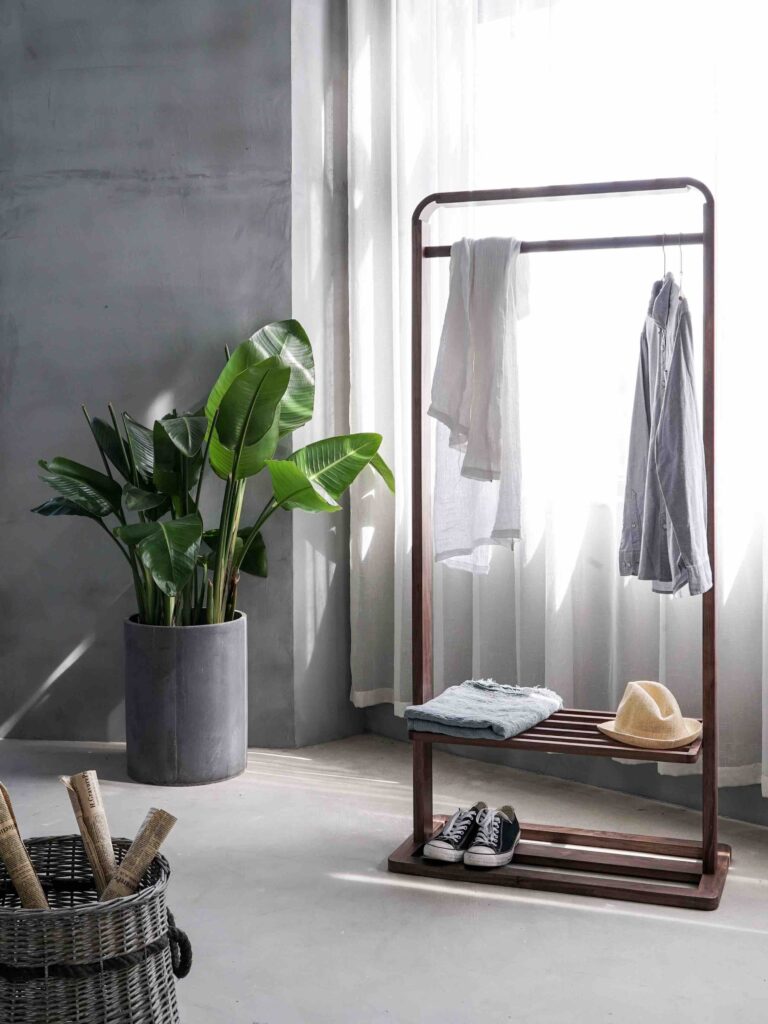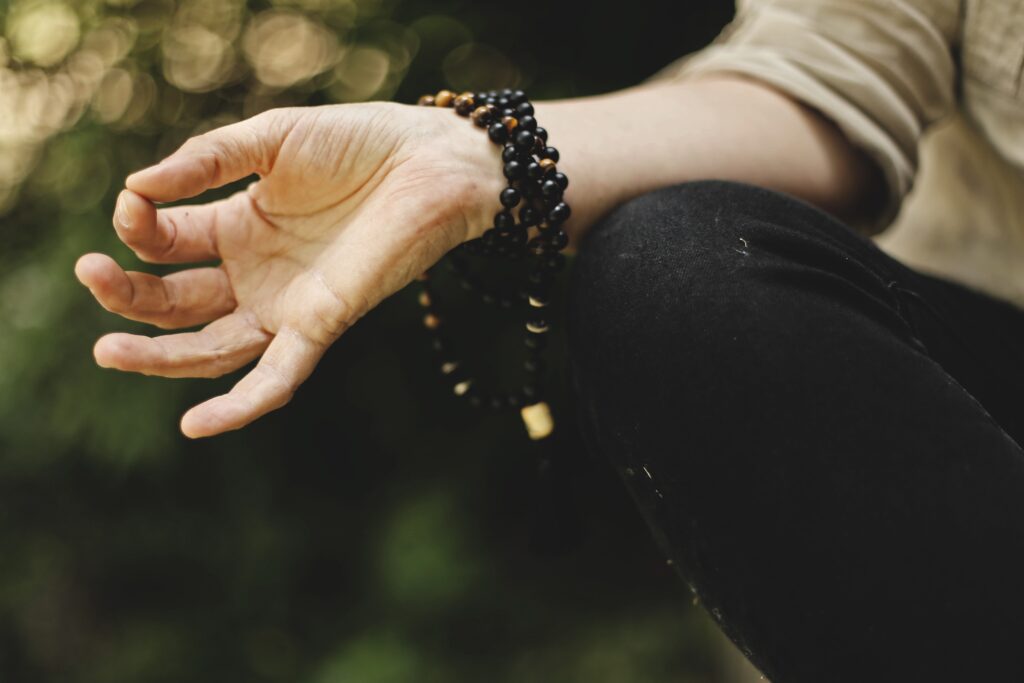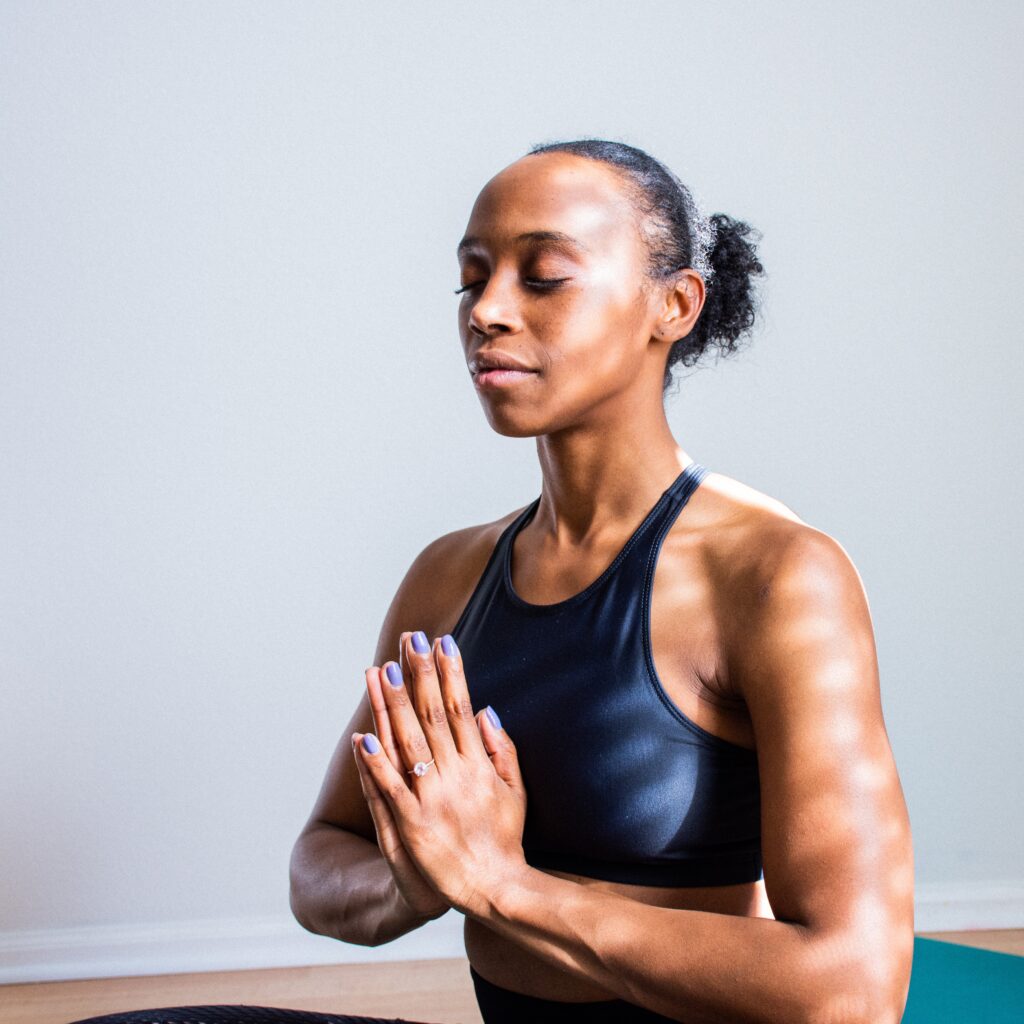I am thrilled to share with you my passion for creating serenity in your life through the art of designing a perfect tiny home for meditation and yoga. In this article, I will guide you on how to transform your tiny living space into a peaceful sanctuary that fosters tranquility and allows you to fully immerse yourself in the practices of mindfulness and self-reflection. With careful consideration of lighting, minimalistic decor, and functional yet calming elements, you can create a tiny home that not only fits your lifestyle but also enhances your physical and mental well-being. Let’s embark on this serene journey together!



This image is property of images.unsplash.com.
Choosing the Right Location
Choosing the right location for your tiny home dedicated to meditation and yoga is of utmost importance. There are several considerations to keep in mind when selecting the perfect spot. Firstly, finding a peaceful and quiet area is essential to create a serene environment. Look for locations away from busy roads or noisy neighbors to ensure minimal distractions. Additionally, proximity to natural surroundings can greatly enhance the overall experience. Being near green spaces, such as parks or forests, can provide a tranquil backdrop for your daily practices.
Optimizing Space for Meditation and Yoga
Once you have chosen the location for your tiny home, it is essential to optimize the space for meditation and yoga. Consider the layout carefully to ensure a peaceful environment. One way to achieve this is by creating a designated meditation area. This can be a small corner or a separate room where you can practice meditation undisturbed. Additionally, incorporating a yoga space is crucial for your physical practices. Whether it is a dedicated yoga room or a space that can be transformed into a yoga studio, having a designated area will help you focus and immerse yourself in your yoga sessions.



This image is property of images.unsplash.com.
Creating a Calming Interior Design
To create a calming interior design, there are several factors to consider. Natural light and ventilation play a pivotal role in setting a peaceful ambiance. Opt for large windows that allow plenty of sunlight to filter in, as well as proper ventilation to keep the space fresh and invigorating. When it comes to choosing color schemes, muted and calming tones work best. Soft blues, greens, and earthy neutrals can help create a soothing atmosphere. Incorporating natural elements like plants, water features, or even natural textures in the furniture can further enhance the serenity of the space.
Maximizing Storage Solutions
In a tiny home, maximizing storage solutions is crucial to maintain a clutter-free and peaceful environment. Utilizing built-in storage options, such as hidden compartments or built-in shelves, can help maximize the available space while keeping your belongings organized. Additionally, incorporating hidden storage spaces, like under-bed storage or hidden cabinets, can further optimize the space. Lastly, adopting strategies for decluttering, such as regular purging of unnecessary items and adopting minimalist habits, can help maintain a serene and spacious interior.



This image is property of images.unsplash.com.
Including Tranquil Outdoor Spaces
Designing tranquil outdoor spaces in conjunction with your tiny home can exponentially enhance your meditation and yoga experience. Creating an outdoor meditation area can provide a refreshing change of scenery and a closer connection to nature. Consider including elements like a comfortable seating area, a soothing water feature, or even a lush garden to create a serene atmosphere. Additionally, incorporating a yoga deck or garden can offer a dedicated space for your outdoor yoga sessions. Being surrounded by nature while practicing can be incredibly invigorating and uplifting.
Embracing Sustainable and Eco-Friendly Design
When designing your tiny home for meditation and yoga, embracing sustainable and eco-friendly design principles can align your space with your values and contribute to the serenity of the environment. Using sustainable building materials, such as reclaimed wood or low-impact materials, can reduce your ecological footprint. Additionally, designing for energy efficiency, through proper insulation and energy-saving appliances, can create a more environmentally friendly space. Moreover, incorporating renewable energy sources, like solar panels or wind turbines, can reduce your reliance on non-renewable energy and promote a sustainable lifestyle.



This image is property of images.unsplash.com.
Enhancing Privacy and Noise Control
Maintaining privacy and controlling noise levels are vital for creating a serene space for meditation and yoga. Implementing soundproofing techniques, such as installing acoustic panels on the walls or using thick curtains, can help create a quiet and peaceful atmosphere indoors. Creating privacy screens or partitions can further enhance your seclusion and prevent distractions. These can be in the form of room dividers or even outdoor structures like trellises or pergolas. Additionally, incorporating landscaping elements like hedges or bamboo can provide privacy while adding a touch of natural beauty.
Designing a Mindful Kitchen
The kitchen is not exempt from the serenity and mindfulness that the rest of your tiny home exudes. Optimizing space for mindful cooking involves creating an organized and efficient kitchen layout. Designate specific areas for each step of the cooking process, ensuring a smooth flow and minimizing clutter. Incorporating sustainable kitchen appliances, such as energy-efficient stoves and refrigerators, can align with your eco-friendly values. Furthermore, creating a calming dining area, with comfortable seating and ambient lighting, can allow you to enjoy your meals in a serene and mindful atmosphere.



This image is property of images.unsplash.com.
Utilizing Multi-Purpose Furniture
In a tiny home, space is precious, and utilizing multi-purpose furniture is a practical and efficient solution. Investing in multi-functional pieces allows you to maximize the functionality of your space while minimizing clutter. Choose versatile furniture that can easily transform from a seating area to a meditation cushion or a bed. Opt for storage ottomans, folding tables, or wall-mounted desks that can serve multiple purposes. Through clever design choices, you can create a flexible and adaptable environment that caters to both your meditation and yoga needs, as well as your everyday living requirements.
Incorporating Smart Home Technology
Integrating smart home technology into your tiny home can enhance the overall experience of serenity and mindfulness. Use smart lighting solutions to create the perfect ambiance for meditation and yoga sessions. Dimmable lights and color-changing options can help you establish a peaceful atmosphere. Additionally, utilizing apps and devices for guided meditation and yoga can provide valuable guidance and support. These technology tools can assist in developing a consistent practice and offer new techniques to explore. Automating tasks, such as adjusting temperature or playing soothing music, can contribute to a hassle-free and serene living environment.
